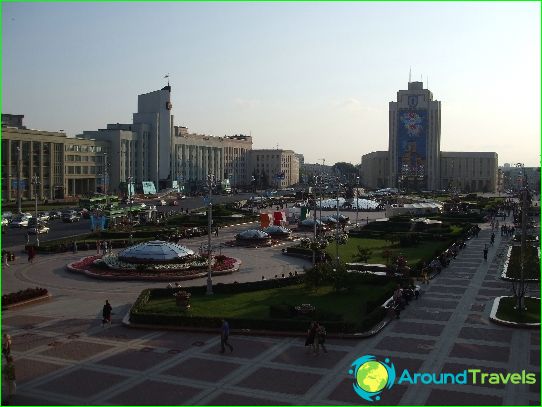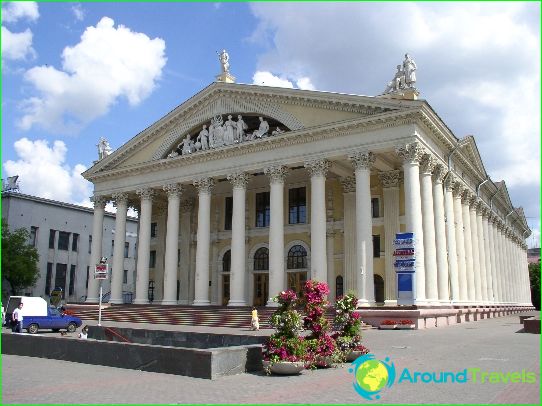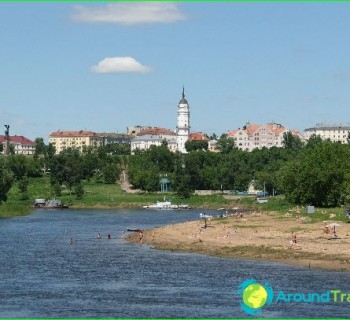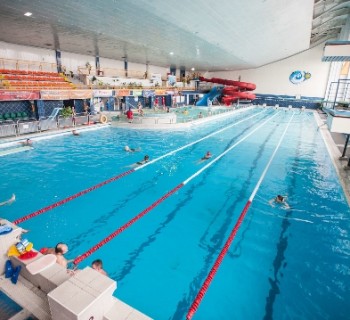Culture of Belarus

The territory of the modern Republic of Belarus keeps many monuments of culture and architecture, which make it possible to believe that the people inhabiting these lands have always been talented and skillful. The culture of Belarus is closely related to the customs of neighboring Russia and Ukraine, if only because, as part of Kievan Rus, Belarus in the 10th century was baptized according to the Byzantine rite.
Monuments of world importance
There are not many architectural monuments preserved on the Belarusian land that can bear the title of relics of a world scale. This is due to the heavy battles that took place here during the Great Patriotic War and destroyed many buildings and monuments. Of the remaining and restored ones, travelers are especially recommended to see:
- The Euphrosyne monastery in Polotsk, which was founded by the granddaughter of Vseslav the Charodey. The princess devoted her life to the spiritual enlightenment of the inhabitants of the city, and the Transfiguration Cathedral of the monastery, built in the middle of the 12th century, is one of the most important monuments of East Slavic architecture that have come down to descendants in their original form..
- The Kamenets Tower is the tallest of the Volyn type structures. Erected at the end of the XIII century by order of Prince Vladimir during the founding of the city of Kamenets.
- Farny church with the town of Nesvizh, founded and built in the second half of the 16th century. The early Baroque monument, erected by the Italian master Bernardoni, is famous for its picturesque frescoes. The main of them "The Last Supper" adorns the altar space.
- Castle of the XIV century in the city of Lida, built by the order of Prince Gediminas. The structure helped to resist the attacks of the Crusaders, towering on a mound. The castle was destroyed by the Swedes and fires, it was used by wandering magicians and itinerant circus performers, until it was taken under guard in 1982.
- Mir Castle, included in the UNESCO World Cultural Heritage List. Its construction began in the 16th century in the village of Mir, and the purpose of its construction was hardly defensive..
Francis Skaryna and the Psalter
A native of Polotsk, Francysk Skaryna, in 1517, published the first printed book in the Church Slavonic language. He became the founder of the Belarusian book printing. Yan Chechot also played a significant role in the development of the culture of Belarus. A native of Minsk province, he devoted most of his life to collecting and publishing folk songs and legends.



